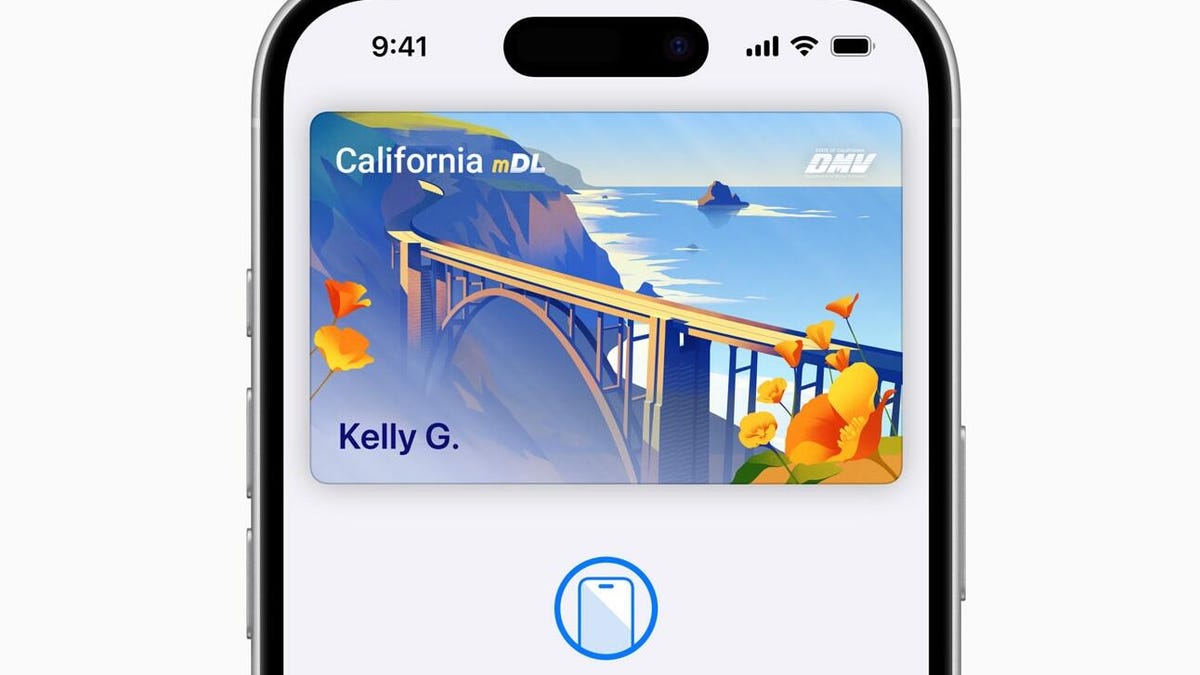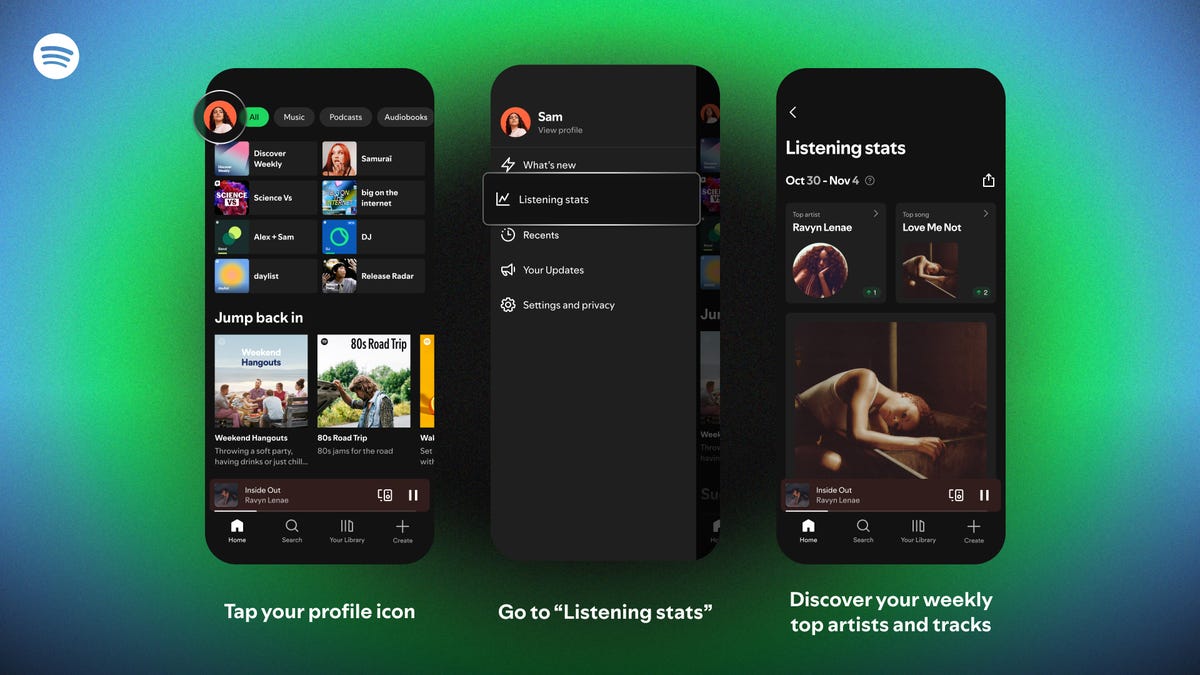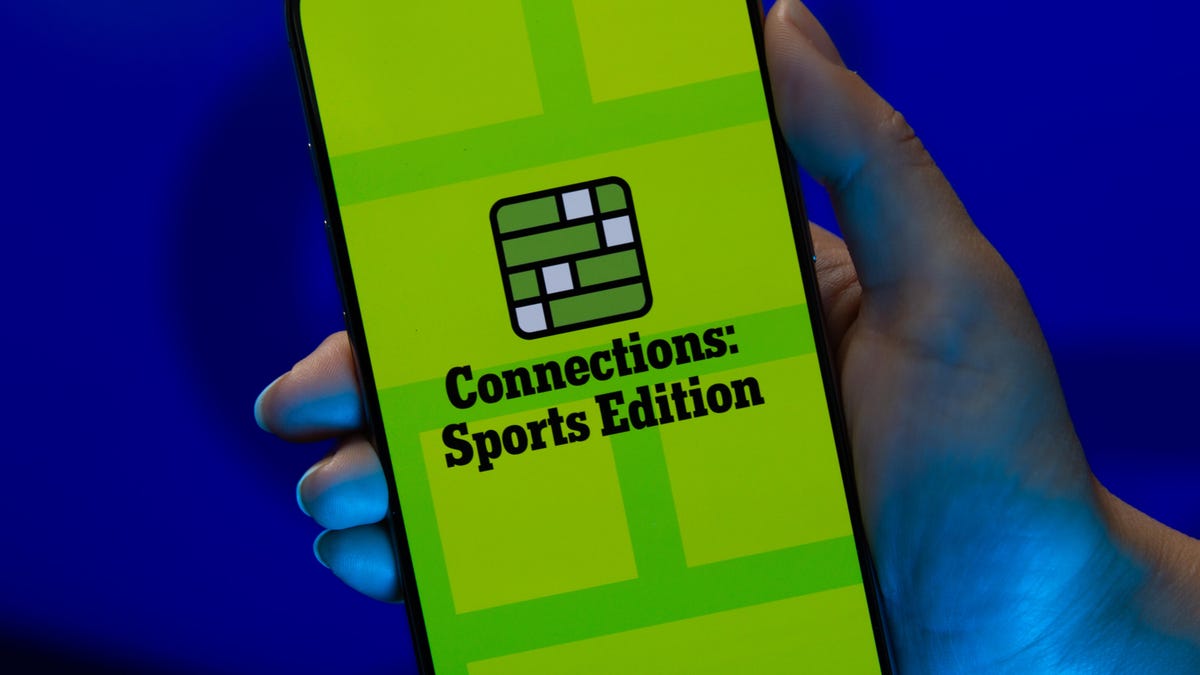Technologies
Your iPhone Can Now Hold a Digital Driver’s License. Here Are the States That Let You Do It
You might only need an iPhone to fly if you live in states that support digital identify verification.

Apple Wallet on your iPhone has made some physical items like concert tickets or boarding passes unnecessary — just swipe your iPhone and off you go. Now Apple is looking to make physical wallets obsolete by enabling digital driver’s licenses that you can use for identify verification or flying domestically in the US.
Right now, a select number of states currently allow you to add your driver’s license to Apple Wallet. People that enable the feature in Apple Wallet will be able to use their iPhones to get through TSA checkpoints at airports for a much snappier security experience.
It’s going to take some time before all states have a digital ID system up and running. Below, we’ll cover what states currently support digital IDs via Apple Wallet and how to add one to your iPhone. Plus, we’ll go over some of the new features headed to Apple Wallet once iOS 26 is released later this fall.
For more, don’t miss our visual comparison of iOS 18 to iOS 26.
What states currently support digital ID in Apple Wallet?
Only a handful of states support digital IDs in Apple Wallet, and a key factor is how the state implements its Mobile Driver’s License system. For instance, Louisiana, New York, Utah and Virginia all support mobile driver’s licenses but require separate apps to add and present digital IDs.
States and regions that support digital IDs in Apple Wallet:
- Arizona
- California
- Colorado
- Georgia
- Hawaii
- Iowa
- Maryland
- New Mexico
- Ohio
- Puerto Rico
Some states were originally announced to support Apple’s digital ID, but haven’t quite got there yet.
The number of states supported in Apple Wallet is about half of what the TSA currently allows. Collectively, it accepts digital IDs across Apple Wallet, Google Wallet, Samsung Wallet and state-based mobile apps in 15 states.
How to add your ID or driver’s license to Apple Wallet
If you live in a state that supports digital IDs for Apple Wallet, it’s easy to add it. After it’s added, you’ll need to verify your identity, which can take a little longer, but is still a straightforward process.
- Open Apple Wallet.
- Tap the Add button.
- Tap Driver’s License or ID and select your location.
- If applicable, choose whether you want to add your ID to your iPhone only or both your iPhone and your Apple Watch.
- Follow the steps to scan your license or ID.
(Make sure you scan your ID in a well-lit environment and the photo is in focus.)
Once it’s scanned, you’ll be prompted to confirm your identity with a selfie photo. According to Apple, you may be asked to complete a number of facial or head movements for identification purposes.
To ensure an easier verification process, Apple suggests that you:
- Stand in front of a plain background with neutral, light paint.
- Be in a well-lit area, ideally indoors.
- Take off sunglasses, masks, hats or other accessories that could block your face.
- Hold your iPhone steady.
When you’re finished, submit your information by confirming with Touch or Face ID. Your biometrics will be bound to the ID, so only you can use it.
Transferring your digital ID to another iPhone
If you upgrade your iPhone, you’ll need to transfer your ID or driver’s license to it.
- During initial setup, tap Wallet.
- Select your ID.
- Follow the steps.
- Tap to confirm you want to move your driver’s license or ID to the new device.
iOS 26 will allow you to create a digital passport in Apple Wallet
While states are taking time to implement digital ID systems, Apple announced a new feature coming in iOS 26 later this year: You can add a digital passport to Apple Wallet.
When that feature is available, iPhone users will be able to scan their passports to create a digital version for identity verification during domestic travel. You won’t be able to use it for international travel, and it’s not a full replacement for a physical passport (so keep your physical one on you), but it should work at the 250-plus supported TSA checkpoints.
During its WWDC keynote earlier this month, Apple said that the digital ID made from your passport can also be used «in apps and in person,» but it didn’t give any specifics.
This is essentially what can be done on Android through Google Wallet.
Verify with Wallet will make proving your age easier on your next wine delivery
Also headed to iPhones this fall is an easier way for you to prove your age using your digital ID. Say you want to have a bottle of wine sent to your place via Uber Eats. Typically, when the driver arrives, you’ll need to present your ID and have it scanned to complete the transaction, but with the new Verify with Wallet, your stored digital ID will be used to verify your age. (I do wonder if things might get more complicated when the delivery arrives if you’re not the one receiving it.)
Verify with Wallet will be supported by Chime, Turo, Uber Eats and U.S. Bank.
For more, don’t miss what you should know about flying domestically without a Real ID in 2025.
Technologies
Spotify Brings Wrapped Energy Year-Round With Friend-Sharing Stats
The music service introduced new ways for music nerds to share their listening habits with friends.

It can be a long wait for Spotify Wrapped, the end-of-year promotion that allows Spotify users to view and share their listening habits. Now, users can keep an eye on those stats daily, plus share their listening habits with friends.
You can view your Spotify usage statistics every 24 hours and share your updates via social media services, such as Instagram Notes or Spotify Messages. The new share icon gives you access to eight different services where you can post your stats.
Every week, you’ll get updates on your top artists and songs from the past month, and Spotify will recommend new playlists. The app also gives you a «special highlight» based on a specific artist or song.
To access your personal musical data, click on your profile in the top left corner of the app and scroll down to «listening stats.»
Don’t miss any of our unbiased tech content and lab-based reviews. Add CNET as a preferred Google source.
The new features are somewhat similar to Spotify Wrapped, the service’s annual end-of-year review of users’ listening habits, which is designed to be shared. Every year, Spotify adds extra details to Wrapped, such as assigning users a listening personality or a city that supposedly reflects their music tastes. It’s been the most popular way for Spotify users to view and share their music listening in the past. A number of third-party services do the same thing, including Volt.fm.
Read more: Best Music Streaming Services
Spotify is the world’s largest music streaming service, offering 100 million tracks and serving more than 713 million users. In addition to its $12-per-month subscription service, Spotify also offers a free, ad-supported option.
Technologies
Wordle Gets Personal: You Can Now Make and Share Your Own Puzzles
If you’re a Wordle obsessive, you can now make your own inside joke puzzles to send to friends.

Wordle’s an immensely popular New York Times word game (we post the answers daily), but it’s not the most personal game in the world. Answers such as GUISE and PERIL are tricky, but generic. Now, Wordle fans who have ever dreamed of making their own puzzles can test their friends and family by creating their own Wordle creations up to seven letters in length.
No surprise, you have to be a New York Times Games or All Access Subscriber to use this feature. If you are, you’ll find the Create a Puzzle option available from the top menu above today’s Wordle. While you must be a subscriber to create your own personalized puzzle, you can share it with anyone — they only need the link, not a subscription, to complete your Wordle.
Don’t miss any of our unbiased tech content and lab-based reviews. Add CNET as a preferred Google source.
Enter a word, and the site will tell you if it is available. Real Wordle limits you to five-letter words, but the puzzle-making feature lets you choose words between 4 and 7 letters.
The usual dictionary rules apply, and so curse words, some pet names, and obscure inside jokes are essentially out. If your cat is named TANGO, that’s there, but RINGO is not an option. You can drop a proposal with a single word like MARRY, but MARRYME will get rejected since that’s two separate words.
Word chosen, you can then fill out your name and add an optional hint, and the feature will generate your puzzle with a link you can send around. Unlike standard puzzles, your puzzle doesn’t appear to reset after a day, so whoever you send it to doesn’t need to rush to solve it.
Looking for the most recent Wordle answer? Click here for today’s Wordle hints, as well as our daily answers and hints for The New York Times Mini Crossword, Connections, Connections: Sports Edition and Strands puzzles.
Technologies
Today’s NYT Connections: Sports Edition Hints and Answers for Nov. 8, #411
Here are hints and the answers for the NYT Connections: Sports Edition puzzle No. 411 for Saturday, Nov. 8.

Looking for the most recent regular Connections answers? Click here for today’s Connections hints, as well as our daily answers and hints for The New York Times Mini Crossword, Wordle and Strands puzzles.
Today’s Connections: Sports Edition is a tricky one. The theme of the purple category is also a word hidden among the answers, but of course, it doesn’t end up in the purple group. If you’re struggling but still want to solve it, read on for hints and the answers.
Connections: Sports Edition is published by The Athletic, the subscription-based sports journalism site owned by the Times. It doesn’t show up in the NYT Games app but appears in The Athletic’s own app. Or you can play it for free online.
Read more: NYT Connections: Sports Edition Puzzle Comes Out of Beta
Hints for today’s Connections: Sports Edition groups
Here are four hints for the groupings in today’s Connections: Sports Edition puzzle, ranked from the easiest yellow group to the tough (and sometimes bizarre) purple group.
Yellow group hint: Brawl.
Green group hint: The Steel City.
Blue group hint: They once played in Oakland.
Purple group hint: Not always made of cardboard.
Answers for today’s Connections: Sports Edition groups
Yellow group: Fight.
Green group: A Pittsburgh athlete.
Blue group: Parts of the Las Vegas Raiders’ logo.
Purple group: ____ box.
Read more: Wordle Cheat Sheet: Here Are the Most Popular Letters Used in English Words
What are today’s Connections: Sports Edition answers?
The yellow words in today’s Connections
The theme is fight. The four answers are box, duke, scrap and spar.
The green words in today’s Connections
The theme is a Pittsburgh athlete. The four answers are Panther, Penguin, Pirate and Steeler.
The blue words in today’s Connections
The theme is parts of the Las Vegas Raiders’ logo. The four answers are eye patch, helmet, shield and swords.
The purple words in today’s Connections
The theme is ___ box. The four answers are batter’s, luxury, penalty and press.
-

 Technologies3 года ago
Technologies3 года agoTech Companies Need to Be Held Accountable for Security, Experts Say
-

 Technologies3 года ago
Technologies3 года agoBest Handheld Game Console in 2023
-

 Technologies3 года ago
Technologies3 года agoTighten Up Your VR Game With the Best Head Straps for Quest 2
-

 Technologies4 года ago
Technologies4 года agoVerum, Wickr and Threema: next generation secured messengers
-

 Technologies4 года ago
Technologies4 года agoBlack Friday 2021: The best deals on TVs, headphones, kitchenware, and more
-

 Technologies4 года ago
Technologies4 года agoGoogle to require vaccinations as Silicon Valley rethinks return-to-office policies
-

 Technologies4 года ago
Technologies4 года agoOlivia Harlan Dekker for Verum Messenger
-

 Technologies4 года ago
Technologies4 года agoiPhone 13 event: How to watch Apple’s big announcement tomorrow
